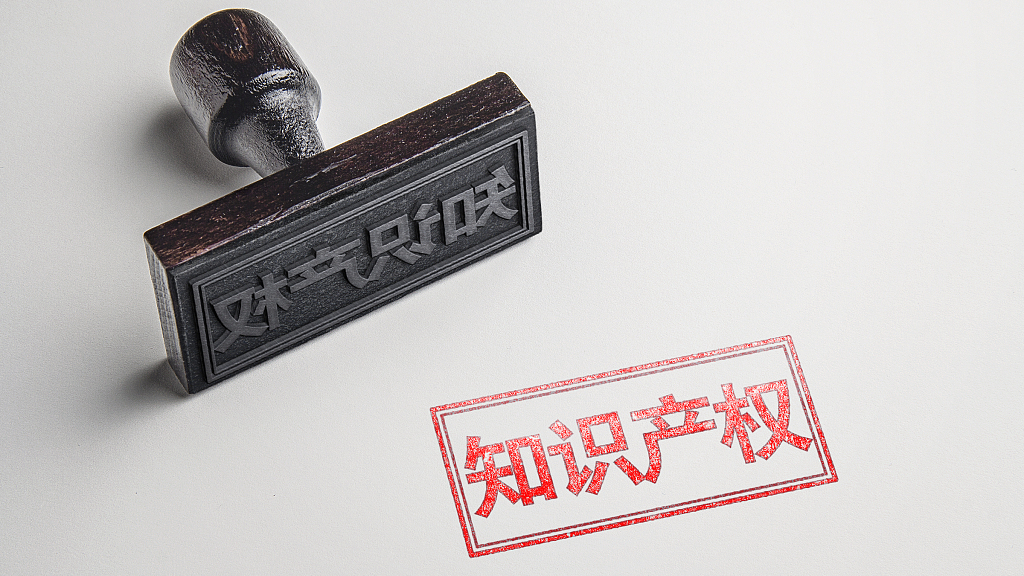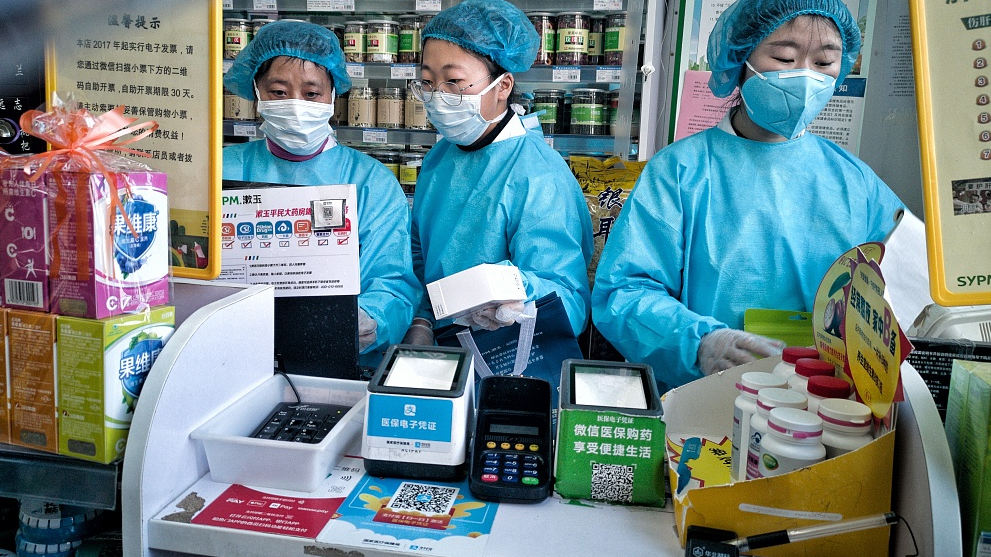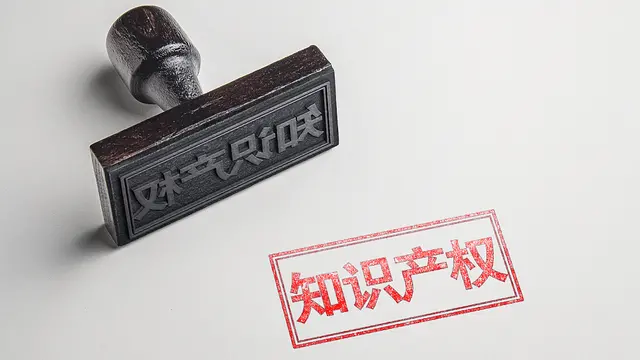
VCG
China released its 2019 Report on Intellectual Property Rights (IPR) Protection and Business Environment at a press conference on the 20th World Intellectual Property Day on Sunday.
"So far, 31 IPR protection centers, together with 20 express centers, have been set up to provide convenient, low-cost services for the market," Zhang Zhicheng, head of the Protection Department of the National Intellectual Property Administration (NIPA), said at the conference.
The country revised trademark law, anti-unfair competition law and drug administration law on November 1, 2019 to further punish IPR infringement to up to five times the amount of actual losses, higher than global standards, Zhang said.
According to the NIPA, 39,000 administrative adjudication cases of patent infringement disputes were handled last year. The average time to process trademark registration cases was shortened to 4.5 months, and the time to evaluate high-value patents was reduced to 17.3 months.
The NIPA also reported and rejected over 38,000 casesof unqualified patent application and trademark application last year.

A pharmacy in Jinnan, Shandong Province. /VCG
Jointly cracking down on IPR infringement
China's Ministry of Public Security, the Supreme People's Court and NIPA have joined hands to tighten regulations on e-commerce, rural markets, customs and other areas and industries that are susceptible to trademark and patent infringement.
Given the outbreak of COVID-19, millions of counterfeit drugs, medical devices and masks have flooded into the markets. In early March, law enforcement officials in 90 countries including China carried out operations confiscating almost 34,000 surgical masks and dismantling 37 organized crime groups. About 121 suspects were arrested.
According to AFP, the operation also resulted in the closure of 2,500 links to products related to COVID-19 on websites, social networks, online markets and advertisements.
To have a sweeping crackdown, the General Administration of Customs (GAC) launched an online campaign to monitor the export of medical supplies. "We have worked closely with China's e-commerce platforms and the foreign trade systems that can pinpoint illegal activities and trace the source of production and sales," Di Lianzhu, an official at GAC, said at the press conference.
Beyond IPR protection
With 58,990 applications filed in 2019 via the World Intellectual Property Organization's (WIPO) Patent Cooperation Treaty (PCT) System, China has overtaken the U.S. to become the top source of international patent applications filed with WIPO.
The total number of actual registered trademarks exceeded 25 million, with every 4.9 market entities owning one registered trademark on average.
Coupling with the patent filing progress is a favorable business environment created for high-quality IP innovation and development, which has also seen an improved global ranking, ascending to 31 from 46 compared with one year ago, according to a World Bank report.
A 2019 China business environment survey done by the U.S.-China Business Council shows that about 58 percent of U.S. companies think that China has beefed up IPR protection in the past year, marking the highest level since the survey was launched in 2011.
 简体中文
简体中文



